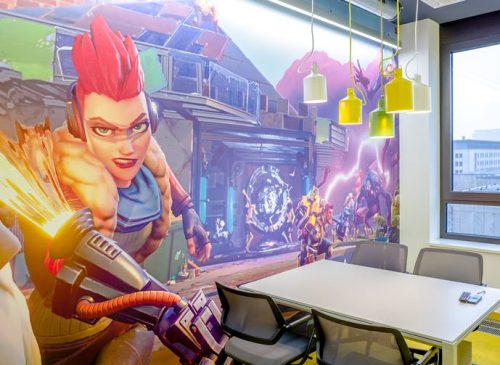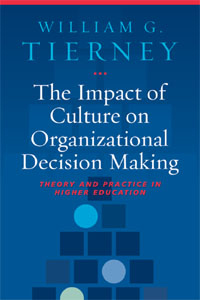Topic: Participation and enrolment

How playful design is transforming university education
A group of 25 interns sit at Baycrest Health Sciences, a research centre for aging in Canada, their eyes glued to their smart phones. They are playing SOS — an award-winning game that simulates real-world gerontology practice — where they compete with other students to earn virtual currency. Across town, a group of professors sit around a table at George Brown College, designing a role-playing game with a virtual hospital called The Grid, based on a Matrix-like theme of saving the world from ignorance, for an accredited program in health sciences. Yet another team of game programmers are hard at work at Humber College, building a virtual reality experience of a subway car after a bomb incident. Players wear goggles, moving from person to person, saving some and tagging others for care later on.
READ MORE
Expanding graduate programs and renewing the professoriate: What’s the connection?
Does Ontario need to expand its master’s and doctoral programs in order to supply the professors who will teach these additional students? Ian Clark, David Trick and Richard Van Loon argue that in all fields of graduate study, the government should take into account the best available evidence to ensure that the number of graduate spaces is sufficient to meet the needs of the workforce, but not higher.
READ MORE
Is the Teacher-Researcher Faculty Model Just Too Expensive?
The authors of Academic Transformation argue the current faculty model of teaching-research is too costly, short-changes students of variety, and relies excessively on part-time faculty. Does their case stand up to scrutiny?
READ MORE
Knowing Your Undergraduates
With career-oriented students seeking variety in their university experiences, universities are diversifying their appeal. The downsides are often talked about, but this evolution could well help universities in regions of population decline survive, while offering students clearer choices among a broader range of educational options.
READ MORE
Using Culture to Understand How the Academy is Governed
William Tierney’s book, The Impact of Culture on Organizational Decision Making (Stylus 2008), discusses the importance of using a cultural lens on the governance of higher education institutions.
READ MORE
The Big Five Proposal: Why We Shouldn’t Pick Winners
Just over a year ago, a debate emerged in Canada over the so-called “Big Five” proposal for Canadian universities. While it succeeded […]
READ MORESelling the Academy Without Selling Out
Faculty at Canadian universities are rightly concerned about a number of threats to academic quality and integrity, including the growing ranks of […]
READ MORE




